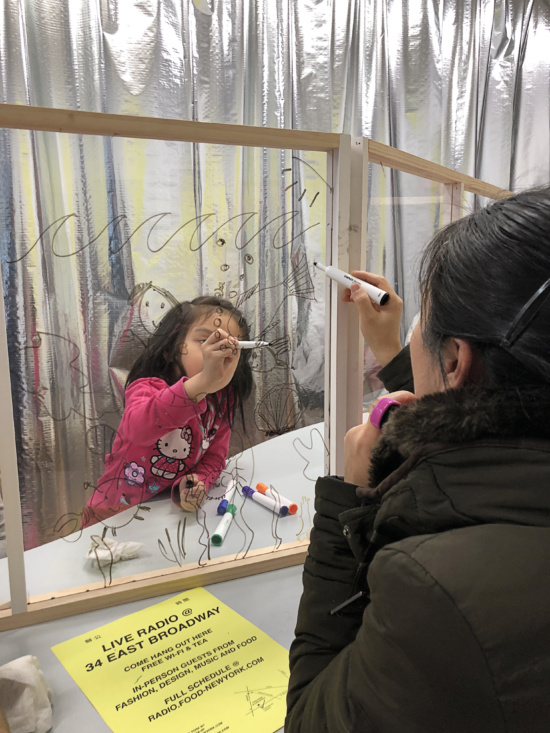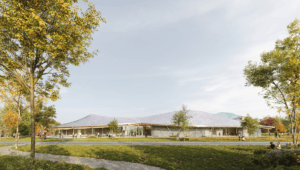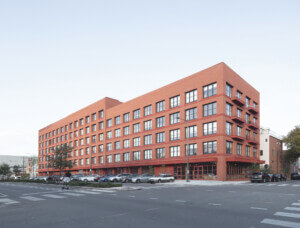This past fall, Dong-Ping Wong of Food took over a storefront near his firm’s Chinatown office to launch a radical pop-up educational and hangout space he called Office Hours. Along with workshops and other programming, Wong led an audio livestream, Food Radio, where he invited over 50 guests—artists, architects, designers, musicians publishers, and more—for nearly 40 conversations. Now, all the broadcasts have been archived and are ready to be listened to anytime on Food’s website.
Office Hours’ mission from the get-go was about inclusion, education, and action across race, class, and age facilitated by an open door policy, workshops throughout the day, and Food designers going out to round up local kids and teens at the library. Hardly recorded in a isolated soundproof room, the Food Radio conversations took place in the back of the pop-up’s narrow storefront space, and during the broadcasts you can hear Wong and his guests chatting with people coming in and out who might’ve come to say hi or listen live, or just to see what this new space on the street was all about.

By bringing together a broad swath of architects, curators, politicians, and others, Wong wanted to show people, especially younger generations, that making a career out of creative work was possible and to highlight the experiences of creative people who local children might identify with. As New York state assembly member Yuh-Line Niou told Wong, she believes it’s necessary to “tell young people not to self-select out,” that just because they haven’t seen people of their background—children of immigrants, people of color, people of various class origins—yet in fields that they might find interesting, or this is “the first time they’re seeing it,” that it remains possible for them to follow these paths, and, perhaps more importantly, make their own. Many of these guests really got their starts by daring to do something that no one else had done, Wong explained.
“We’ve seen a lot of our guests using a lack of familiar model as a springboard to do something totally unique,” Wong said. “Sometimes you just have to make stuff when nobody asked you to.” The expansive and radical proposition of Food is to make new possibilities for others.
While all of the conversations were original and informative, some standouts include those with architects Toshiko Mori and Tei Carpenter of Agency—Agency, mother and daughter (though with their own, separate firms), for their first family interview; creative director Heron Preston, who has collaborated with Kanye West (Wong has, too) and Virgil Abloh; SO-IL co-founder and principal Jing Liu; Oana Stanescu, who ran Family with Wong; and Christopher Leong and Dominic Leong of Leong Leong.

Many of the conversations were both seriously casual and casually serious, much like the whole project. Mori and Carpenter, for example, explored a range of topics: what they did that week; how they each got their start; how to learn from one another as architects across generations; how they’re approaching their careers differently; being Asian women in the field; the responsibility of architects to engage and communicate across disciplinary and political lines; the field’s need for a “diversification of moral practice;” and that perennially impossible problem many of us face: knowing when to say no.
Since Office Hours has gone off the street and there’s no chance to drop in any more, these recordings offer an opportunity to connect, listen, and share across disciplines, time, and geography and are an imperative intervention to shift the conversation on architectural practice and, simply, remind everyone to believe in their own power and creative drive.











